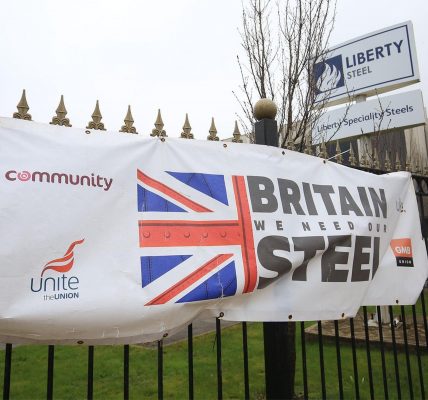Why Treecard could revolutionise the credit card industry – Bird Lovegod
Regular readers will know I’m convinced we need to integrate restoration of people and planet into our consumer systems. In effect, we need to turn capitalism into a force for good, because the idea that we can consume without replenishing is fundamentally wrong.
I’m far from alone in this understanding, almost every day I’m seeing new companies arise with a restorative strategy at the core of what they do. And it will be the new companies that have the biggest impacts and the greatest chance of commercial success.
Existing companies might ‘tweak’ what they are doing to make it ‘greener’ or ‘more ‘ethical’ but they’ve already established their business models, and it’s the entire business model that needs to be aligned with a new purpose. So, this week’s promising new entrant into the fintech space is Treecard.
It’s so simple it’s explainable in one sentence, copied from their website. “TreeCard™ is the free payment card that reforests the planet with your everyday spending.” So rather than using your Monzo card, or Revolut, or your regular debit card, use your Treecard instead. Every $60 you spend will plant a tree, and you can see how many trees you’ve planted each month, and watch your forest grow.
This is quite brilliant. It’s free for us, the users, Treecard uses the money from the interchange rate. Whenever you use a debit or credit card the shop or online merchant is charged a fee for each transaction, typically between 1.5 per cent to 3 per cent depending on various factors.
Treecard uses this fee to plant trees. The tree planting is actually done via Ecosia, the search engine that plants trees at massive scale, over 100 million of them to date. It’s a very tight system, and it’ll sell itself, there are already well over 100,000 people in the queue signed up to get a Treecard, and the company
just raised over $5m in pre launch.
Even for a small spender like myself, I’d be planting three or four trees a month, every month, without changing a thing except the plastic in my wallet.
Speaking of plastic, the actual Treecards themselves are wooden, amazingly, with a core of plastic made from recycled bottle tops. Cherry trees apparently, and in case you’re thinking that’s not very ecological, firstly, one cherry tree makes about 300,000 cards, and secondly, the cherry trees are sustainably grown, naturally.
So there you go. A payment card that plants trees every time it’s used. This is the kind of system that will definitely work and definitely take off. It doesn’t require a change in consumer behaviour, which is always the hard part, it just requires a simple swap from using one card to another.
As a way, it’s perfect and elegant. The system could be used for any one of a number of causes, tree planting is easy, because the system is already there. But in principal we can build humanitarian aid directly into our financial systems and financial products.
It’s the quickest and easiest way to heal the world and make our systems humane. Add your name to the waiting list.










